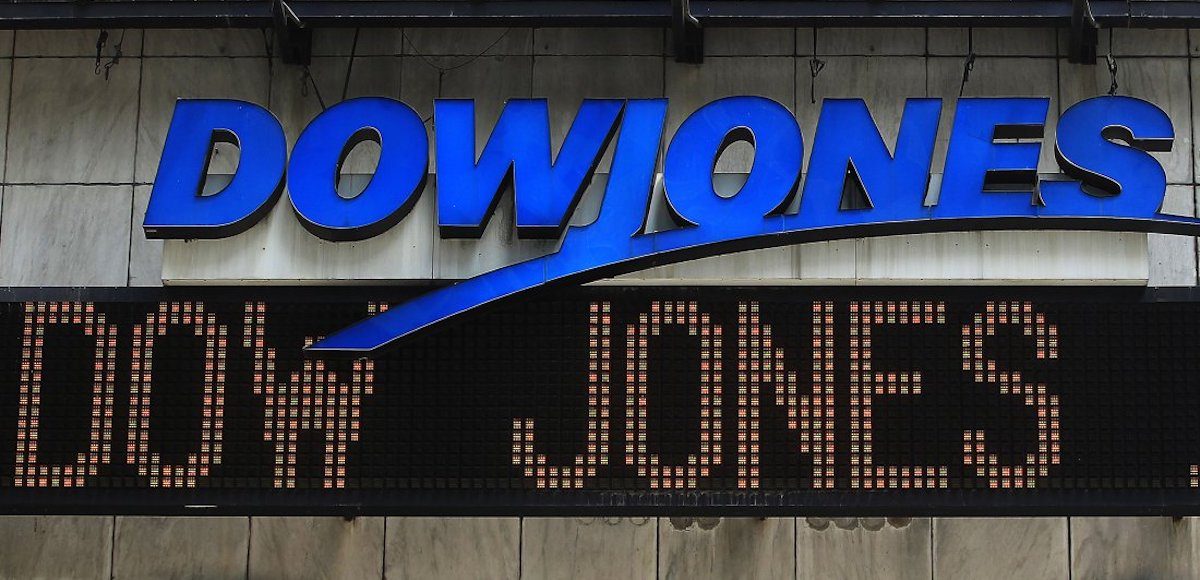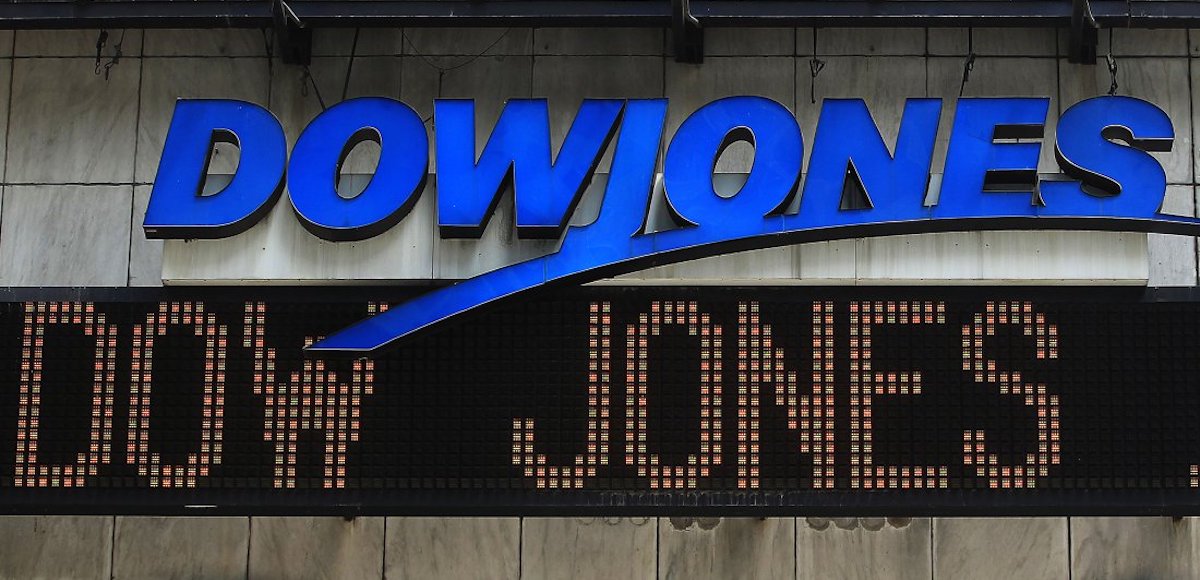

The Dow Jones financial electronic ticker is seen at Times Square in New York July 17, 2012. (Photo: Reuters)
The Dow Jones Industrial Average (INDEXDJX: .DJI) closed above 26,000 for the first time ever and smashed the record for the fastest 1,000-point rally in history. The Blue Chip index hit 26,130.45 before closing up 322.79 points (1.25%) at 26,115.65 on Wednesday.
The new high close at the end of trading came just one day after the Dow breached 26,000 for the first time ever. It took just 8 trading days to race to the next 1,000-point milestone, shattering all previous records.
It closed above 25,000 for the first time in history only minutes into the third trading day of 2018. The rally from 24,000 to 25,000 took just 23 trading days, breaking the previous 24-day record for a 1,000-point rally set in 1999 that took the index to 11,000. That record was matched in March 2017 when it hit 21,000.
In 2017, the Dow Jones notched 71 record closes and soared slightly more than 25.08%. The Nasdaq Composite (INDEXNASDAQ: .IXIC) rallied 28.24% on the year and the S&P 500 Index (INDEXCBOE: .INX) ended the year up 19.42%.
On Wednesday, the Nasdaq closed up 74.59 points (1.03%) to 7,298.28, also a new high, while the S&P also hit a new record closing up 26.14 points (0.94%) to 2,802.56.
The late-day market rally came after Apple Inc (NASDAQ: AAPL) announced they will make a $350 billion contribution to the U.S. economy over the next five years and a record tax payment upon repatriation of overseas profits.
Citing changes to the U.S. tax code as a result of the Tax Cuts and Jobs Act, the nation’s largest taxpayer said Wednesday they will bring back approximately $250 billion in overseas cash to the U.S., paying a record $38 billion repatriation tax.
“Apple is a success story that could only have happened in America, and we are proud to build on our long history of support for the US economy,” said Tim Cook, Apple’s CEO. “We have a deep sense of responsibility to give back to our country and the people who help make our success possible.”
In December, President Donald Trump signed the first overhaul to the U.S. tax code in more than 31 years, which slashes the corporate tax rate from the highest in the developed world to 21%. It’s a long-sought policy that data show does boost wages.
Within hours of final passage, U.S. businesses began announcing wage increases, bonuses, investments and other benefits.
While the list continues to grow, by the end of the first week in January no less than 133 companies had announced bonuses, increased wages and other employee benefits for at least 2 million Americans as a result of the president’s tax overhaul.
The entire list can be viewed at Americans for Tax Reform.
Forecast models are now calling for U.S. economic growth as measured by gross domestic product (GDP) to grow by at least 3% on an annual basis in the 4Q.
In 2016, the U.S. economy grew at just 1.6% on an annual basis, it’s worst performance since 2011. But if the 4Q forecasts are matches or exceeded, it’ll mark the third straight quarter of economic growth at or above 3% since 2004.
Further, if the 4Q for 2017 comes in at the lower end of the regional Federal Reserve forecasts, roughly 3.2%, economic growth during the first year under President Trump will easily exceed the strongest year under Barack Obama.
The PPD GDP Forecast-of-Forecasts, which averages regional and comparable models, currently shows 4Q GDP standing at 3.56%.





